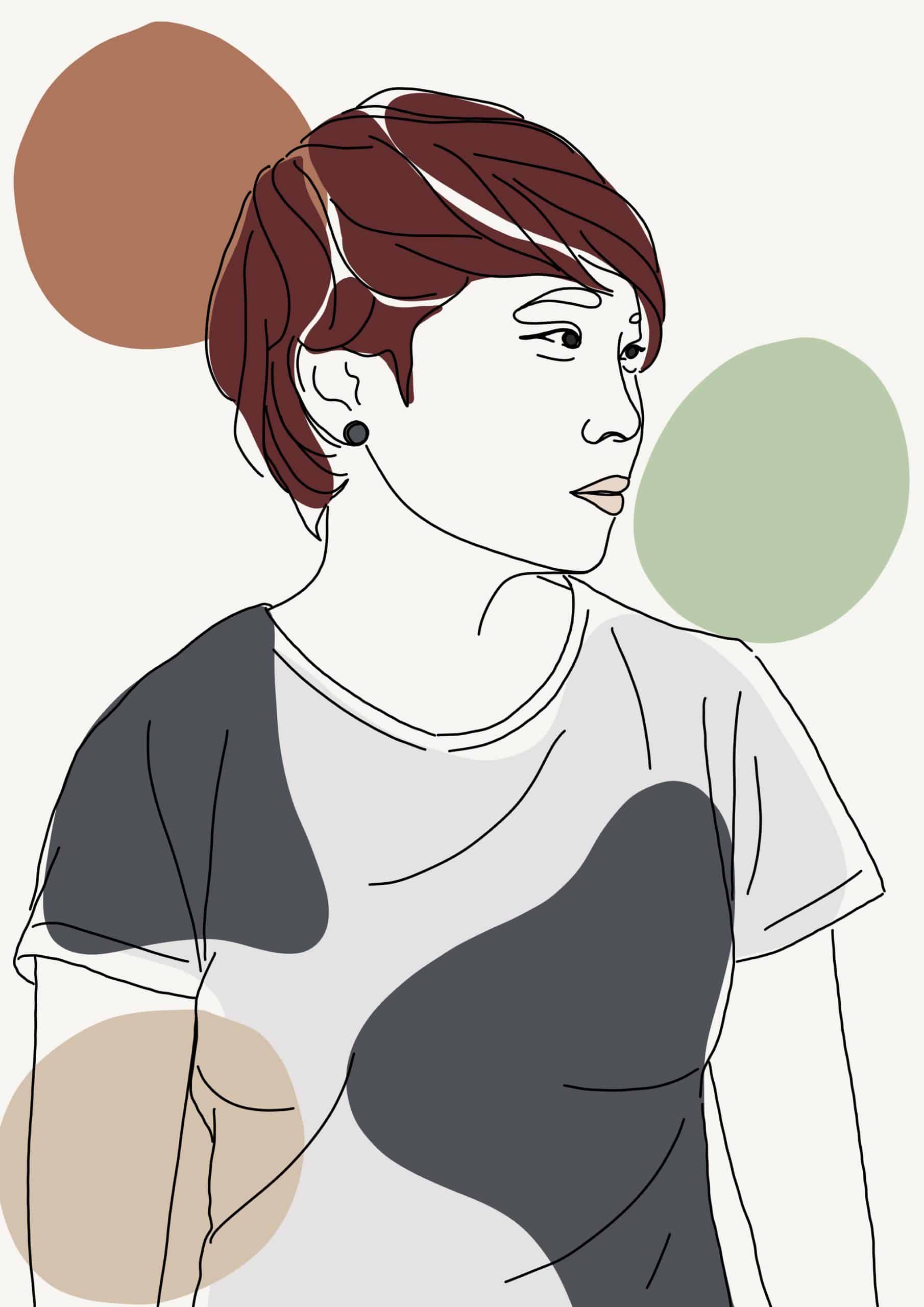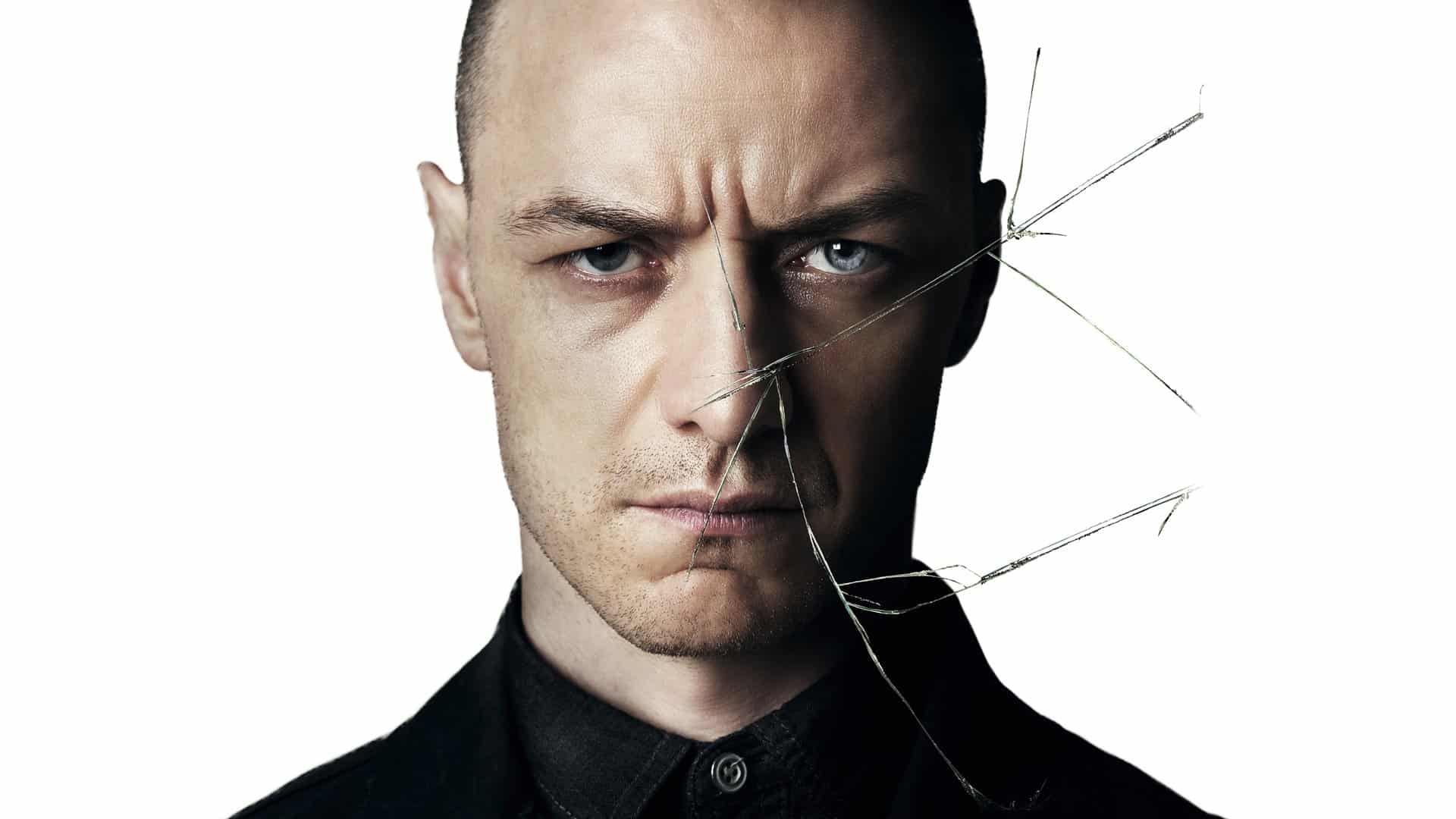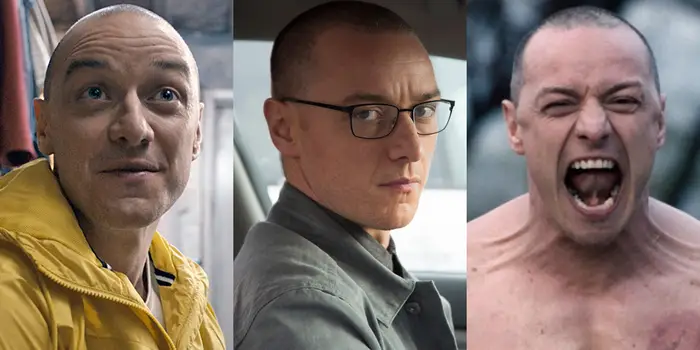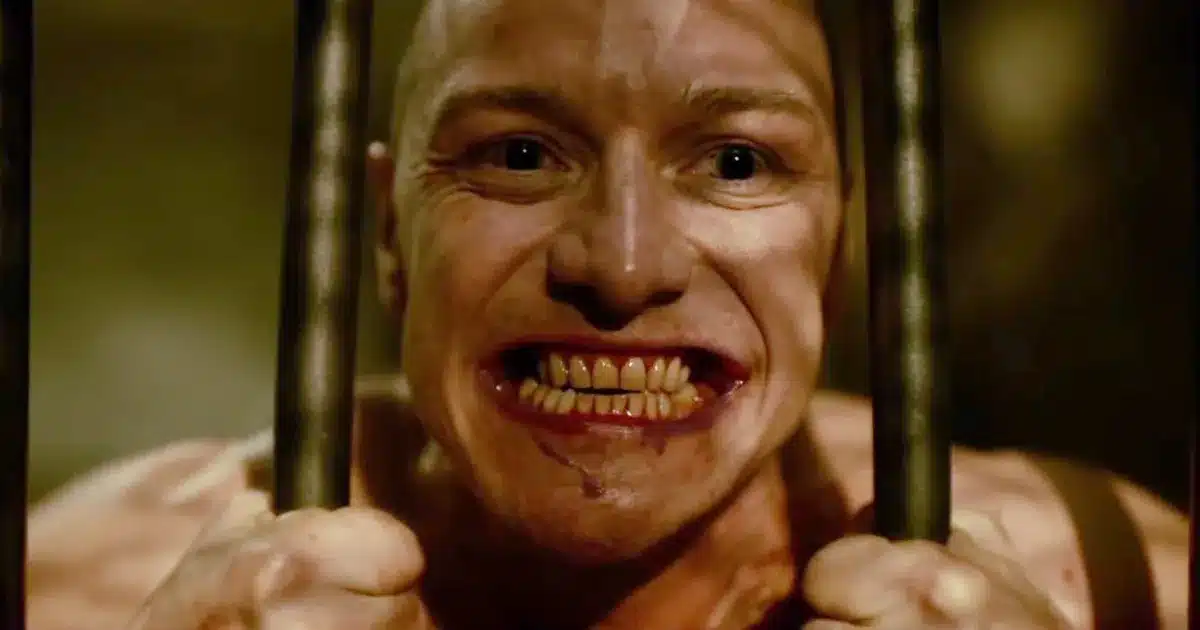Table of Contents
Disclaimer: This article reflects the personal opinions and insights of the author and does not necessarily represent the views or stance of A Space Between. Individual responses to media content may vary, and readers are encouraged to form their own perspectives while considering diverse opinions on the subject.
Introduction
In the somewhat murky world of mental health on the big screen, “Split” became a talking point, shining a light on Dissociative Identity Disorder (DID). As someone deeply involved in documentary filmmaking, where real stories and mental health advocacy collide, I couldn’t help but dissect how “Split” painted this complex condition.
Setting the Scene
Right from the start, James McAvoy’s performance in “Split” captivated audiences. The idea of juggling 23 different personalities on screen is intriguing, especially for someone like me, immersed in the art of storytelling. The scenes where Kevin’s various personalities emerge showcase McAvoy’s acting prowess, creating an undeniable allure. However, as the narrative unfolded, I began to feel a growing unease about the film’s direction and portrayal of DID.
Human Faces Behind the Disorder
My journey in documentary filmmaking has always been about uncovering the human side of mental health struggles. Unfortunately, “Split” missed the mark on this human touch. In its pursuit of thrills, it reduced a profound mental health condition to mere cinematic spectacle. The scene where Kevin’s condition is revealed as a plot twist for shock value, rather than a nuanced exploration, is a missed opportunity.
Let’s be clear, “Split” is fiction, not a documentary. However, it carries a unique responsibility. Fictional stories, especially those diving into psychological depths, shape public attitudes. The scenes depicting Kevin’s psychiatrist discussing his case add a layer of credibility to the portrayal, blurring the lines between fiction and reality.
Understanding the Disorder
For those, like myself, who value authentic narratives, “Split’s” take on Dissociative Identity Disorder (DID) struck a chord. The film went for a simplified, sometimes exaggerated portrayal, missing the nuances of those living with DID. The scenes where Kevin shifts between personalities rapidly, almost for dramatic effect, oversimplify the intricate dance of emotions that individuals with DID experience. It’s a reminder that impactful stories often lie in the everyday subtleties of the human experience.
Delving into the intricate realm of Dissociative Identity Disorder (DID), I’ve found that fictional portrayals like “Split” often fall short, risking the propagation of misconceptions. It goes beyond the realm of storytelling; it’s about honouring the complex tapestry of mental health nuances. Take, for instance, the portrayal of Kevin’s condition solely attributed to childhood trauma in the film. This simplistic narrative overlooks the intricate web of genetic, environmental, and psychological factors that contribute to DID.
Moreover, “Split” seems to evoke fear rather than awareness. Its sensationalised and dramatised depiction of DID for entertainment purposes inadvertently reinforces harmful stereotypes and misconceptions. Instead of fostering empathy and understanding, it seems to perpetuate stigmas surrounding mental health conditions, hindering our progress towards destigmatisation and acceptance.
As a filmmaker deeply invested in mental health advocacy, this portrayal is concerning. It not only fails to capture the complexities of DID but also risks distorting public perceptions. By relying on shock value and oversimplification, films like “Split” miss the mark on portraying mental health conditions authentically. This not only does a disservice to those living with DID but also contributes to a climate of fear and misunderstanding around mental health.
It’s crucial to acknowledge the significant impact that media representations, such as “Split,” can have on shaping societal attitudes. As someone passionate about mental health, I believe it’s essential for filmmakers to approach these narratives with nuance, empathy, and a commitment to accurate representation. Only through responsible storytelling can we foster a more compassionate and informed understanding of mental health conditions in our society.
This isn’t just about the film; it’s about understanding the ripple effect. When a film, even a made-up one, becomes a go-to reference for a mental health condition, it shapes public perception. The scene where Kevin’s violent actions become a focal point of the narrative inadvertently reinforces the dangerous and unpredictable stereotype associated with mental health conditions.
A Call for Responsible Storytelling
Post-“Split,” I find myself making a plea: storytelling should never compromise the dignity of those whose stories we tell. This isn’t just an artistic choice; it’s a moral responsibility to contribute positively to the mental health discourse. A call to future storytellers: let’s approach mental health narratives with empathy, sidestepping the pitfalls of harmful stereotypes.
As we dive into this plea, it’s clear that filmmakers, no matter the genre, play a role in shaping our understanding of mental health. A made-up story, while not bound by reality, can still enlighten and educate, fostering a more empathetic society. The scenes where Kevin’s therapist challenges the prevailing stereotypes become a beacon for future storytellers to reconsider their approach.
Seeing Beyond the Screen
Being a documentary filmmaker means my quest goes beyond the silver screen. It’s about uncovering the unscripted nuances that breathe life into the human experience. “Split” entertained, but we must acknowledge its potential impact on public perception and understanding of Dissociative Identity Disorder.
To truly grasp the impact of “Split,” we must look at the public discourse it stirred. The film sparked conversations, not necessarily about the intricacies of DID, but about how cinema portrays mental health. These discussions seep into everyday conversations, shaping how we perceive and talk about mental health. The scene where Kevin’s therapist becomes a character representing the importance of responsible storytelling in mental health narratives becomes a pivotal moment of reflection.
Fiction’s Influence on Perception
Fictional tales like “Split” don’t just stay in the cinema; they embed themselves in our collective consciousness. They become reference points for discussions about mental health. For DID, “Split” unintentionally became a touchstone, influencing how we perceive this complex condition.
Storytellers hold a responsibility beyond fiction. Creative liberties aside, their impact on public understanding is undeniable. Viewers, often unfamiliar with mental health intricacies, rely on these stories to shape their perspectives. So, even within fiction, accurate portrayal becomes a channel for education.
A Word from A Space Between
As we reflect on the profound influence of storytelling on our perceptions of mental health, let us collectively advocate for narratives that uplift, educate, and foster empathy. Whether you’re a filmmaker, a viewer, or someone passionate about mental health, let’s engage in conversations that challenge stereotypes and contribute to a more understanding society. Share your thoughts on social media, start dialogues with friends and family, and support initiatives that promote responsible mental health representation in the media. Together, we can shape a narrative that transcends fiction, offering a more compassionate and informed perspective on the complex realities of mental health.
Follow us on instagram: @_aspacebetween_.
Sources

Joy Lee, a mental health documentary filmmaker and advocate, combines her background in film production with a deep interest in the interplay between mental health and storytelling. Her journey began in film production, revealing the profound impact visual storytelling has on societal perceptions. Specialising in documentaries, Joy dedicates her career to illuminating the intricacies of mental health, challenging stigmas, and fostering empathy and understanding. Through her work, she aims to contribute to nuanced conversations about mental health in media and popular culture.






